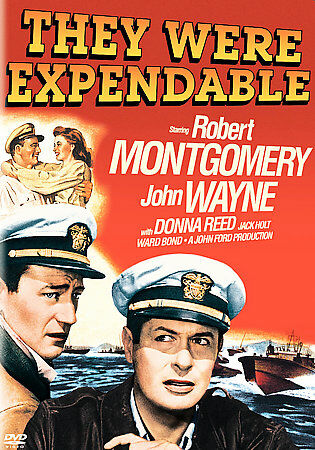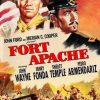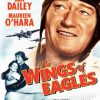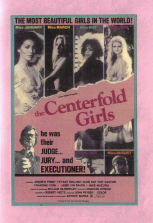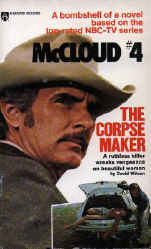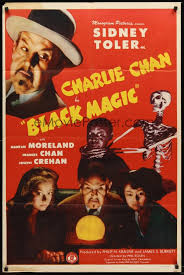They Were Expendable (1945)
$9.98
1 in stock
John Ford’s poetic adaptation of William White’s book about a PT boat squadron in the South Pacific during World War II may be the best feature film on the war in that theater and is considered by some scholars, including British director Lindsay Anderson, as Ford’s greatest work. Just before the outbreak of the war, Lt. John Brickley (Robert Montgomery) is assigned to take his Motor Torpedo Boat Squadron to Manila Bay to defend against a possible Japanese attack in the Philippines. Once there, he finds that the top brass, amused by the idea that the small crafts can be of use in combat, relegates the PT boat to messenger duty. Angered by that reaction, Brickley and his crew must wait for the war to begin to show what they can do. When it does, they shoot down three Japanese planes during an attack on their base, but when the base is closed Brick’s squadron is reassigned to Bataan, where they once again are ordered to run messages, and Brickley’s fiery executive officer, Lt. Rusty Ryan (John Wayne), fed up with such meaningless duty, asks to be transferred to a destroyer. The embodiment of Milton’s tag that “they also serve who stand and wait,” Ford’s elegiac film pays tribute to all who donned a uniform during the war, whatever their role. Montgomery, who shared in the film’s direction, gives the best noncomic performance of his career as the evenhanded CO. But in a visually arresting film that could provide a formidable emotional impact even without the use of sound, it’s the eloquent compositions of director of photography Joseph H. August that resonate most powerfully.
1945, B&W, 135 minutes
| Weight | 0.77 lbs |
|---|
Related Products
Mystery/Crime
Mystery/Crime
Mystery/Crime
Mystery/Crime

